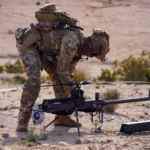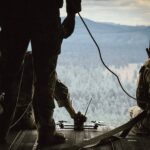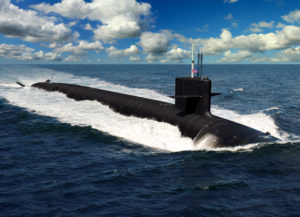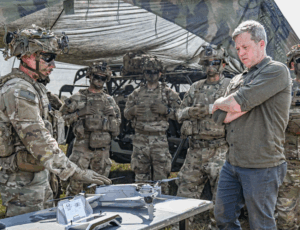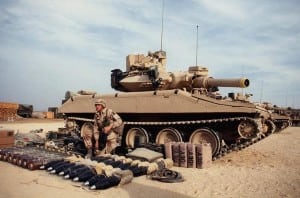
As a smaller service with limited resources, the Marine Corps usually follows the Army’s lead when buying ground combat equipment, but the roles have reversed with a new light tank for Army infantry.The Army needs a relatively light, highly mobile armored vehicle with hefty firepower for its infantry brigade combat teams (IBCTs) but does not have the time or resources to wait for industry to design and build one on a traditional acquisition timeline, said Maj. Gen. David Bassett, program…

 By
By 